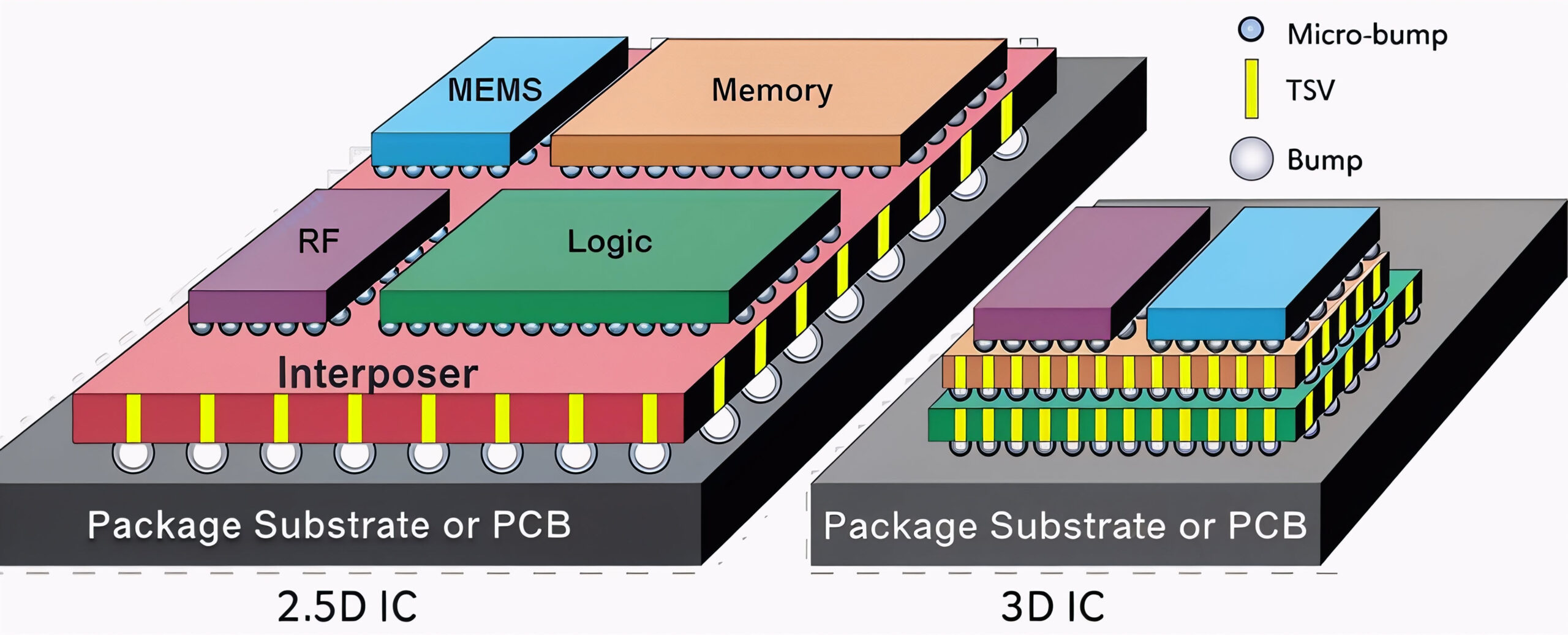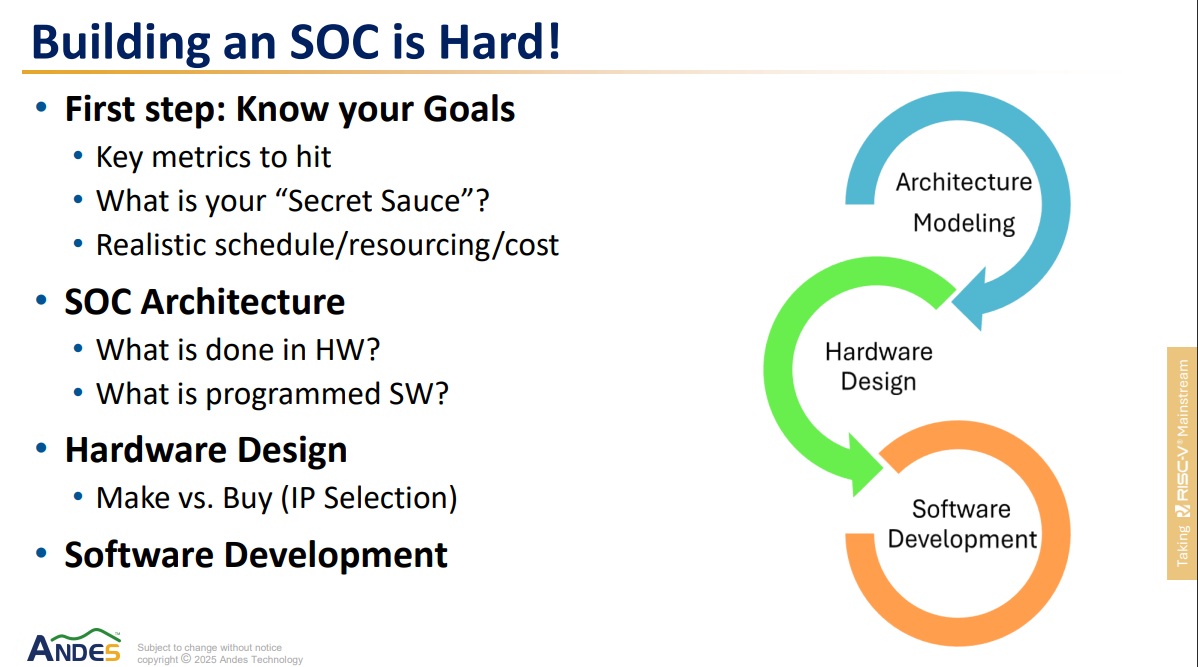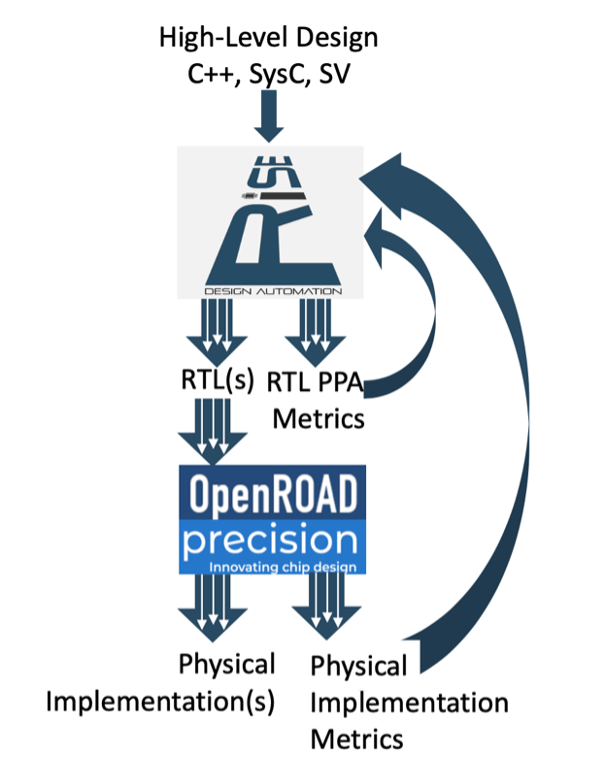Key Takeaways
- Diamond Quanta is bringing diamond out of the lab and into manufacturable devices today — converting decades of promise into practical impact for semiconductors, optics, and quantum. What was once thought ‘unavailable’ is becoming inevitable.
- The company’s platform centers on proprietary doping and annealing















Quantum Computing Technologies and Challenges